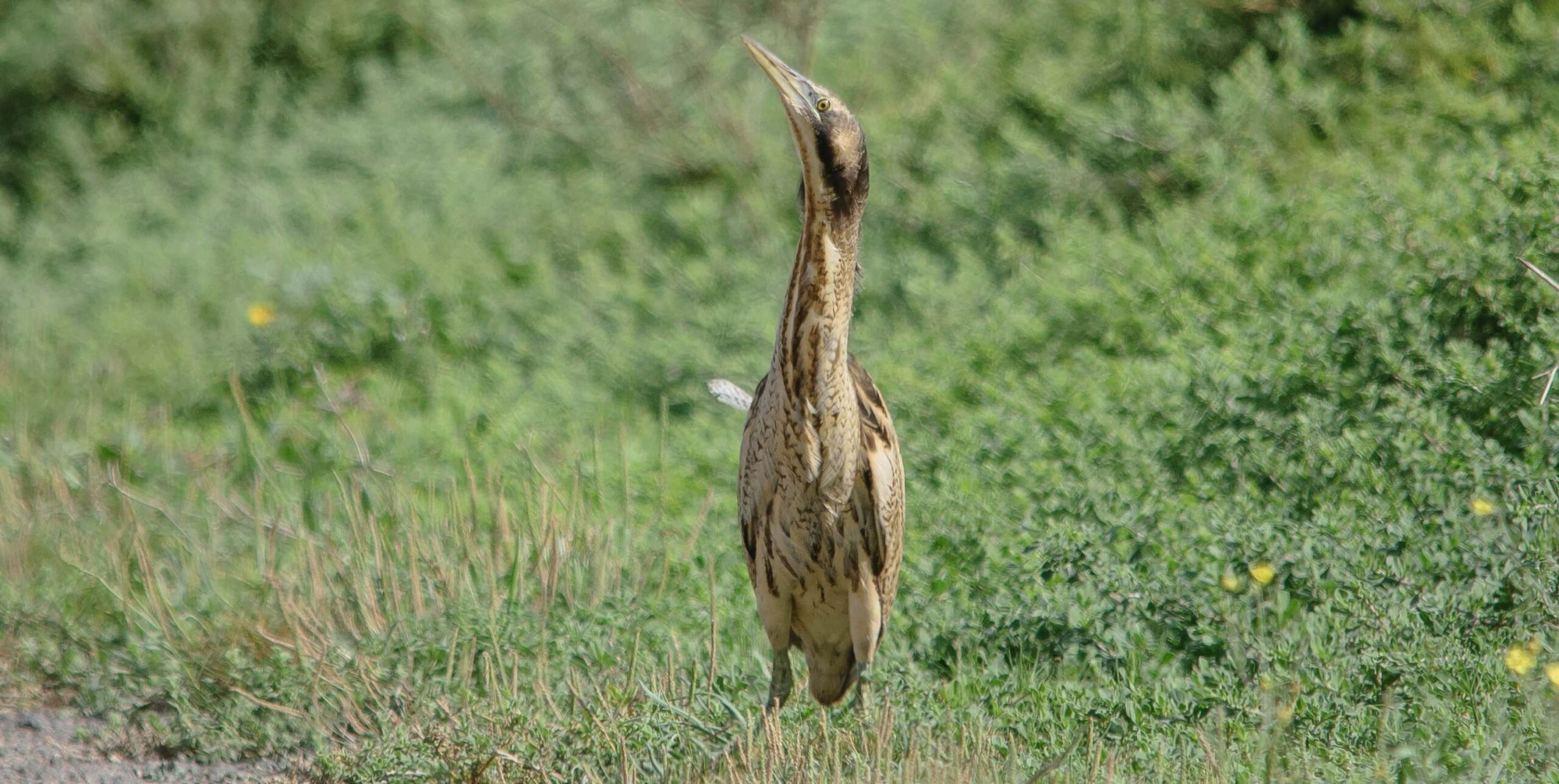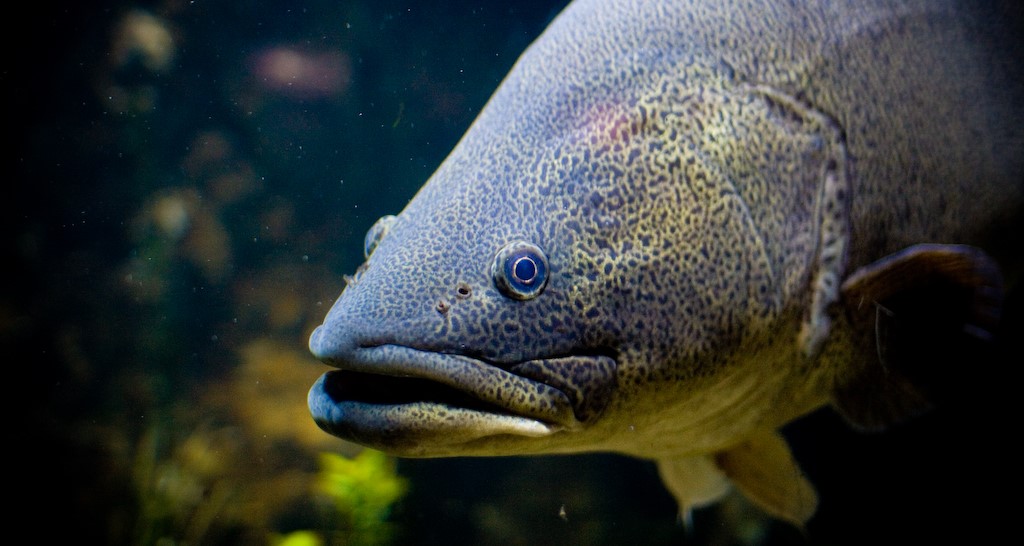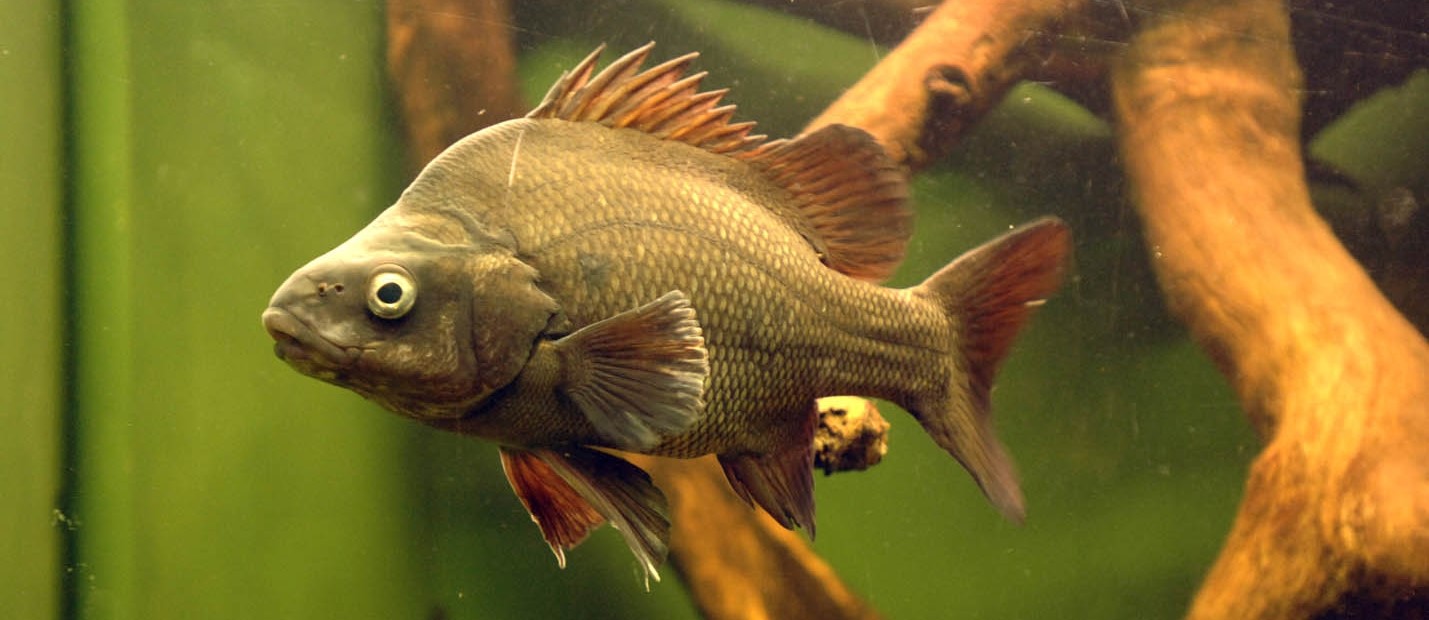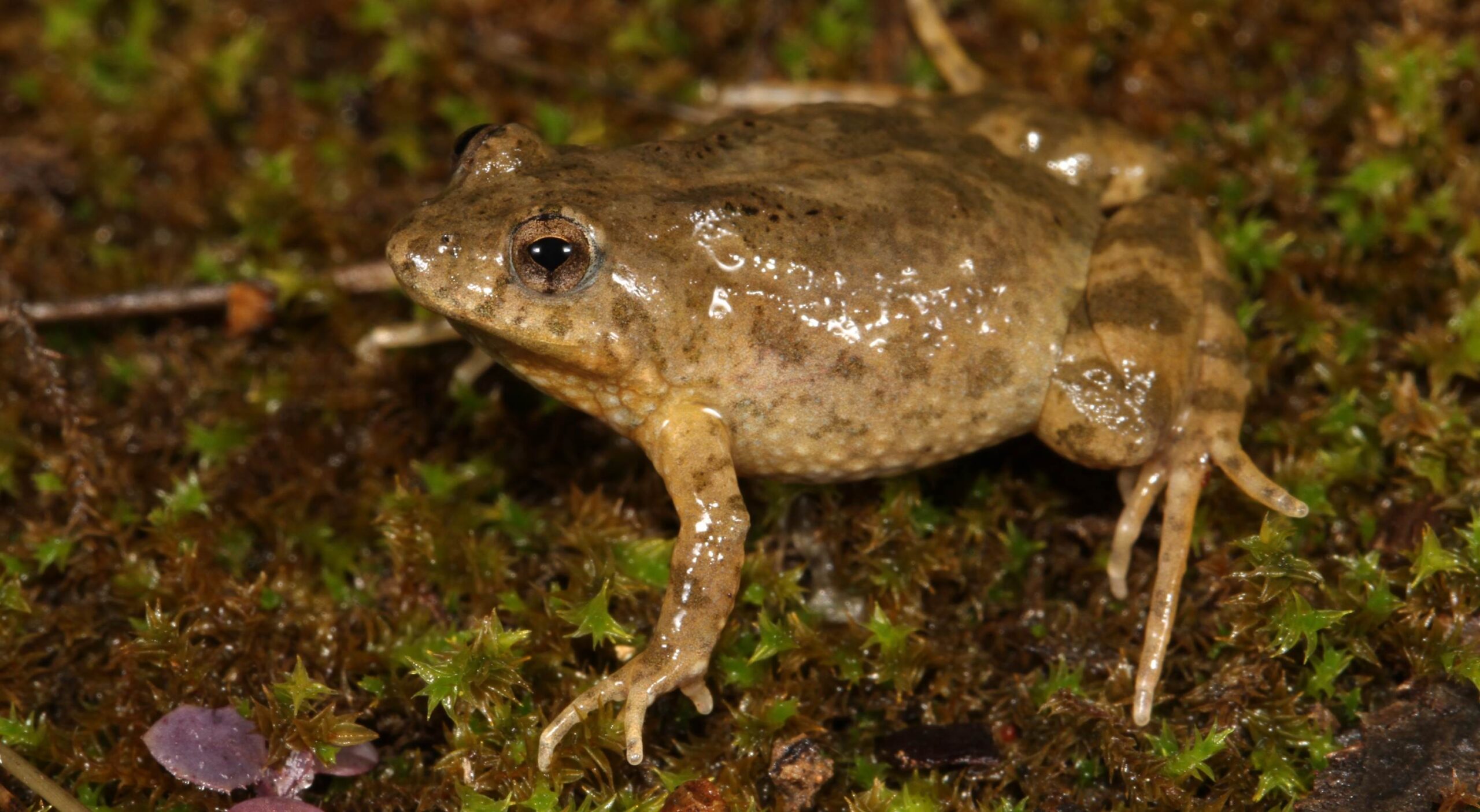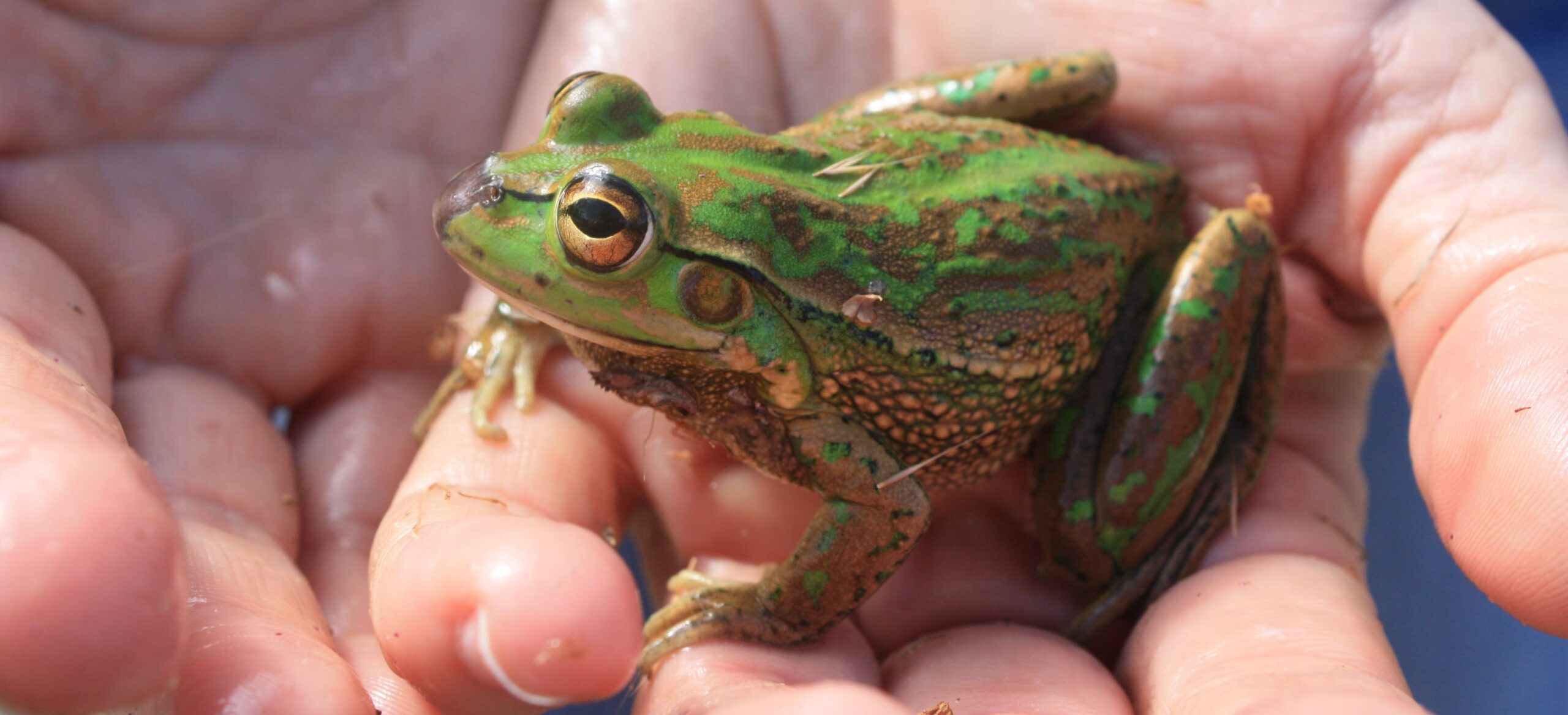Australasian Bittern
ENDANGERED IN VICTORIA
The Australasian bittern is easier to hear than it is to spot. It’s an expert at camouflage, blending into dense reeds and rushes, and often freezing with its long neck stretched up. But its call is far from shy – the loud growls and booms of males during the mating season travel right across the wetland!
Where does it live?
It lives mainly in freshwater wetlands, where it can find fish, frogs, freshwater crayfish and even small reptiles to eat. In Australia, the Barmah-Millewa wetland is considered the most important habitat for the bird.
Why does it need healthy, flowing rivers?
The Australasian bittern was once found across southern Australia. Today, it is estimated that only about 1300 remain. The wetlands it used to call home are changing and disappearing altogether: too much water is being diverted away from the river for irrigation, and wetlands are being drained and cut off from the river.
Rice fields can provide emergency habitat on a degraded river, but with less water available for the crop during drought and some farmers making land-use decisions with other priorities in mind, natural wetlands remain vital.
Image credit: Adam Fry
